Hatha Yoga Asanas And Their Benefits
Physical postures in yoga are significant in maintaining both physical and mental health.
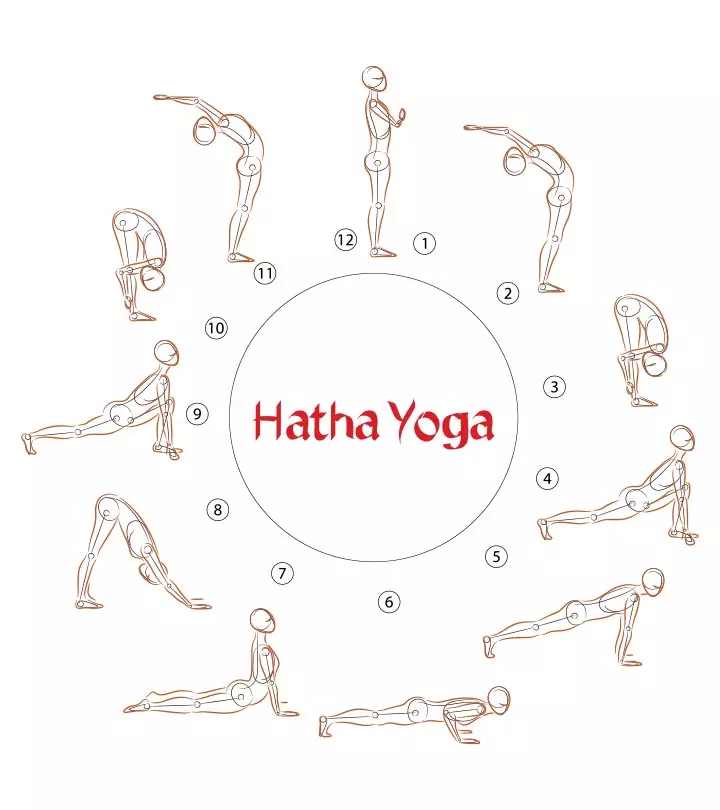
Image: Source: Shuterstock
The benefits of Hatha Yoga asanas range from increasing the flexibility of the spine and boosting immunity to relaxation of the mind. Beginners may find some of its poses difficult to perform, but you will certainly get there with practice. In this article, we have listed each of the Hatha Yoga poses along with their benefits, how and when to do them, the duration of each pose, and more. Let us get started!
In This Article
What Is Hatha Yoga?
‘Ha’ means the sun and ‘tha’ means moon. Hatha Yoga means to bring balance to the sun and the moon in you. It is designed to calm your body, mind, and spirit and prepare you for meditation. It is a physical branch of the ancient Indian yogic science that strives to build a sound body and mind and help you attain inner peace and happiness. Hatha Yoga also balances the masculine and feminine in you to deepen your consciousness. To be able to reach your fullest potential, a balance between the masculine and feminine energies is necessary, and Hatha Yoga is the first step towards attaining that.
The name ‘Hatha Yoga’ appeared way back in the 11th century in Sanskrit texts. A sage named Kapila developed the earliest techniques of this yoga that had no religious connection or rituals, which made it popular among the common man. It entails a list of yoga asanas or postures that are divided into five categories – standing poses, sitting poses, resting poses, backbends, and balancing poses. These poses manipulate the energy of your body and channelize it in a manner that will help you experience the limitless.
Key Takeaways
- Hatha Yoga focuses on your inner self, purifies your body, and disciplines it to achieve higher energy levels.
- Beginner-level asanas like the tree pose improve balance, strengthen the body, and build self-confidence.
- The cobbler pose may boost blood circulation and heart and kidney health.
- The bridge pose may help reduce stress, relieve backache, and improve digestion.
- Practicing hatha yoga is beneficial for your overall well-being and consistently boosts immunity, relaxes your mind, and strengthens the entire body.
What Does Hatha Yoga Do To Your Body?
The benefits of yoga go beyond just physical wellness, it can also enhance mental and emotional well-being, making it a holistic practice. Hatha Yoga is no different, as it is capable of taking you beyond limitations through yogic postures.
If you train your body to form individual poses, you can do the same to increase your consciousness. It is a process where you start with your body, move to the breath, work on the mind, and finally dwell on your inner self. Hatha Yoga purifies your body and disciplines it to be able to receive higher levels of energy.
In the broader concept of yoga, Hatha Yoga is a physical technique that is a necessary preparation to achieve a higher goal. It is readily available to the common man and has been practiced by regular people since time immemorial, irrespective of caste and religion. The yoga regimen involves proper intake of nutritious food and breathing well apart from a routine of practicing asanas.
The physical postures of Hatha Yoga, in particular, became very popular from the 20th century onwards and spread across India and abroad. Let’s take a look at some of them now.
In a study of 2,620 yoga practitioners, primarily female (84%) and aged 31-60 (79%), different practice approaches were examined. Most practitioners (81%) had practiced yoga for four or more years, with morning practice being the most common (65%). Physical benefits, such as increased flexibility (87%) and strength (77%), were reported, along with mental, emotional, and spiritual benefits. Practicing yoga five or more days per week and consistency in practice were associated with experiencing more benefits. Teaching yoga and practicing without a teacher also positively influenced benefits. Evening practice was negatively associated with concentration and equanimity.
Louella Guather, a personal trainer, yoga teacher, and blogger, recalls her personal experience of indulging in Hatha Yoga as early as 10 years old. Her inclination towards the form made her research about the origins of yoga asanas. She was deeply fascinated by the benefits of Hatha Yoga for her mind, mobility, soul, and overall body and adds, “Hatha yoga, in my opinion, was an effective combination of stretching, twisting, and contortions that complimented my regular fitness regime beautifully! Yoga was fun, functional, & served my body well. It helped relieve the muscle tension and tightness all around (i).”
Hatha Yoga Asanas
- Vrikshasana (Tree Pose)
- Tadasana (Mountain Pose)
- Adho Mukha Svanasana (Downward-Facing Dog Pose)
- Baddha Konasana (Cobbler Pose)
- Paschimottanasana (Seated Forward Bend Pose)
- Sethu Bandhasana (Bridge Pose)
- Balasana (Child Pose)
1. Vrikshasana (Tree Pose)
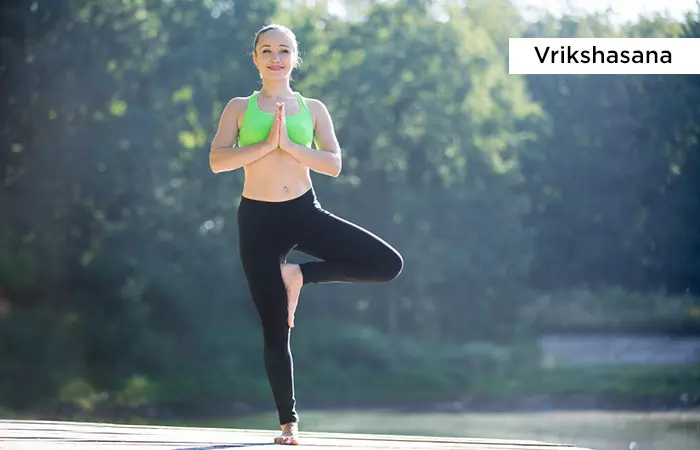
Vrikshasana or the Tree Pose derives its name due to its similarity with the tree, representing its quiet and stable nature. The Tree Pose is one of the few asanas in Hatha Yoga that require you to keep your eyes open while in the pose to maintain balance. It is a beginner level asana that you need to practice in the morning on an empty stomach when you are not affected by external forces. Hold the pose for at least a minute.
Benefits: Vrikshasana stabilizes your legs and not only brings balance to the body but also helps one get a grip over the nervous system. It strengthens the ligaments and tendons of your feet. It also tones your buttocks and strengthens your hip bones. This pose builds your self-confidence and esteem, improves your concentration, strengthens the vestibular nervous system, and leaves you rejuvenated. It can also foster a deeper connection to your body, inner energies, and the immediate environment.
To know more about the pose, click here: Vrikshasana
 Trivia
TriviaDescriptions of Tadasana were first included in a gymnastics manual from 1896 named Vyayama Dipika.
2. Tadasana (Mountain Pose)
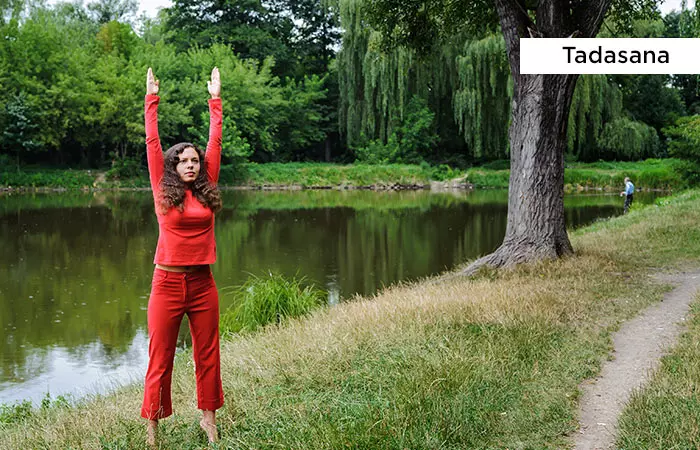
Tadasana or the Mountain Pose is the mother of all asanas as it forms the base for any asana. You can practice Tadasana at any time in the day. But, if you are preceding or following it up with other asanas, make sure your stomach is empty. It is a basic level Hatha Yoga asana. Hold it for 10 to 20 seconds to get best results.
Benefits: Tadasana strengthens your knees, ankles, and thighs. It steadies your breath and improves posture. It induces power into your feet and legs, improves blood circulation, and removes tension from the body. It eliminates depression and keeps you refreshed. It results in better posture and improved breathing .It also increases your lung capacity and gives you increased energy levels.
To know more about the pose, click here: Tadasana
3. Adho Mukha Svanasana (Downward Facing Dog Pose)
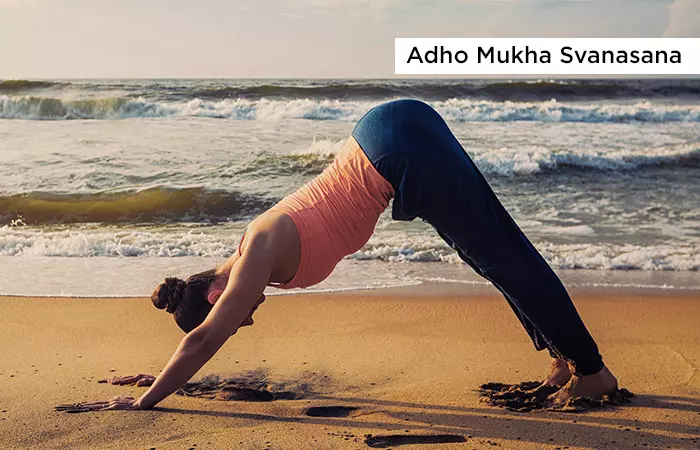
Adho Mukha Svanasana or the Downward Facing Dog Pose looks similar to a dog when it bends forward. It is a simple and easy pose that a beginner can easily do, which will motivate them to learn the other more advanced poses. Practice the asana on an empty stomach and clean bowels in the morning as it works best then. Once you get into the pose, try and hold it for 1 to 3 minutes.
Benefits: Adho Mukha Svanasana lengthens your spine and tones your muscles. It increases blood circulation to your brain and calms the mind. It relieves headaches, insomnia, and fatigue and reduces anxiety and depression. The pose strengthens and tones your arms and legs.
To know more about the pose, click here: Adho Mukha Svanasana
4. Baddha Konasana (Cobbler Pose)
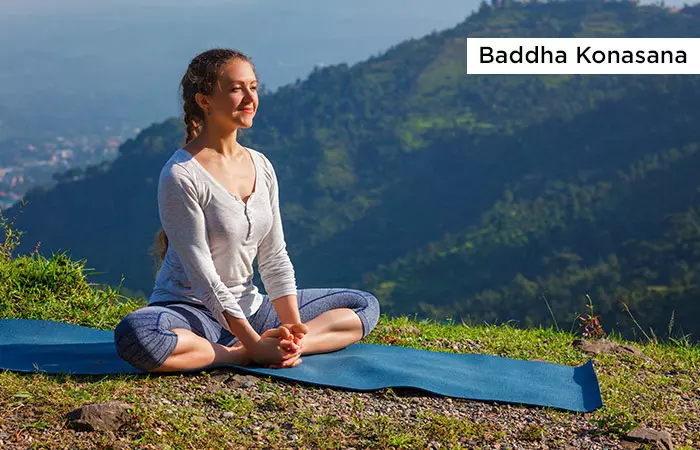
Baddha Konasana or the Cobbler Pose is an asana that looks like a cobbler at work when assumed. It is also known as the Butterfly Pose as it looks like a butterfly flapping its wings. Practice the asana either in the morning or evening on an empty stomach. In the evening, make sure that you practice 3-4 hours after a meal. The Cobbler Pose is a basic level Hatha Yoga pose, and you need to hold it for 1 to 5 minutes once you assume it.
Benefits: The Cobbler Pose stimulates your heart, kidneys, bladder, and abdominal organs and improves blood circulation. It stretches your inner thighs and knees and relieves fatigue. It soothes menstrual pain, eases childbirth, and relieves the symptoms of menopause.
To know more about the pose, click here: Baddha Konasana
5. Paschimottanasana (Seated Forward Bend Pose)
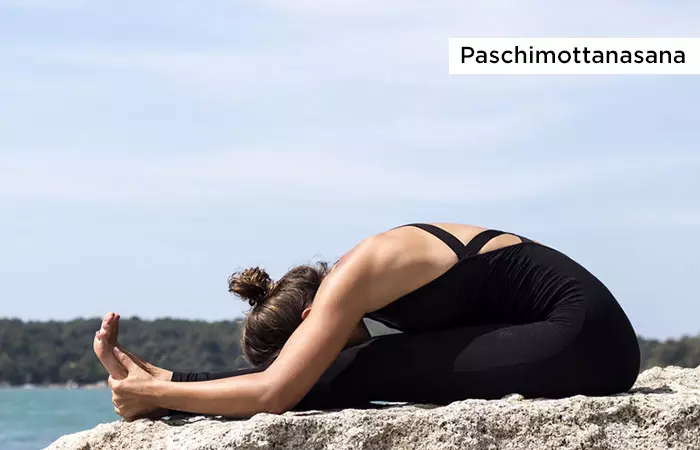
Paschimottanasana or the Seated Forward Bend Pose is a classic stretching Hatha Yoga pose that concentrates on the back of your body. It is also called the Intense Dorsal Stretch. Do the pose in the mornings on an empty stomach. If you practice it in the evenings, make sure you had your meal 3-4 hours ago. After assuming the pose, try to hold it for 30 to 60 seconds.
Benefits: The Seated Forward Bend Pose is a good stress relief asana. It reduces fat in your abdomen, tones your shoulders, and stretches your hips. It calms your mind and reduces anger and irritability. It improves your flexibility and can increase height. The pose regulates blood pressure and enhances the functioning of the kidneys.
To know more about the pose, click here: Paschimottanasana
 Did You Know?
Did You Know?6. Sethu Bandhasana (Bridge Pose)
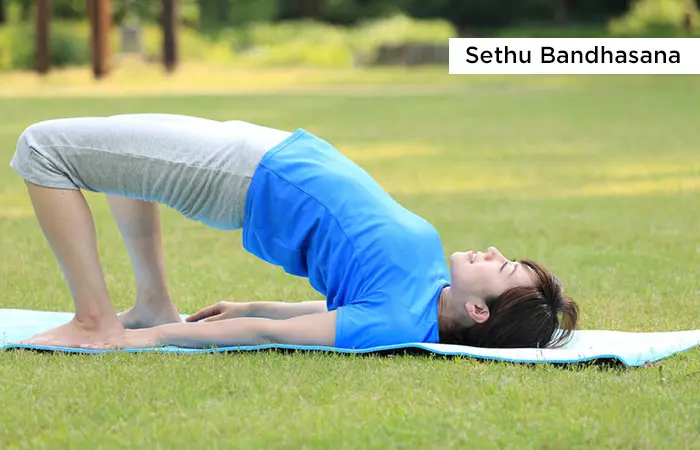
Sethu Bandhasana or the Bridge Pose is named so as it resembles a bridge. It is a rejuvenating backbend that is safe for beginners to practice. Do the asana in the morning on an empty stomach and clean bowels. If you practice it in the evening, make sure you eat at least 3-4 hours before practice. Once you assume the pose, hold it for at least 30 to 60 seconds.
Benefits: Sethu Bandhasana stretches your neck and chest and strengthens your back. It results in improved digestion, reduced stress, and relieves headache and backache. It energizes tired legs and acts as a balm for hypertension. The pose reduces insomnia, calms your nerves, and fights mild depression. Make sure, however, that you do not overuse your lumbar during the lift into the posture for reduced risk of injury.
To know more about the pose, click here: Sethu Bandhasana
7. Balasana (Child Pose)

Balasana or the Child Pose resembles a child in the fetal position. It is a relaxing pose that either precedes or follows challenging poses. It is among the first poses taught to beginners. You can practice Balasana anytime and anywhere, but make sure your stomach is empty when you do so, or there is a gap of 3-4 hours from your last meal. After you assume the pose, hold it for 1 to 3 minutes.
Benefits: Balasana releases tension in the back and shoulders. It keeps your internal organs supple and stretches your thighs and ankles. It improves your breathing and calms your mind and body. It calms down your nervous system and relieves constipation. The pose relaxes your back.
To know more about the pose, click here: Balasana
8. Uttanasana (Standing Forward Bend)
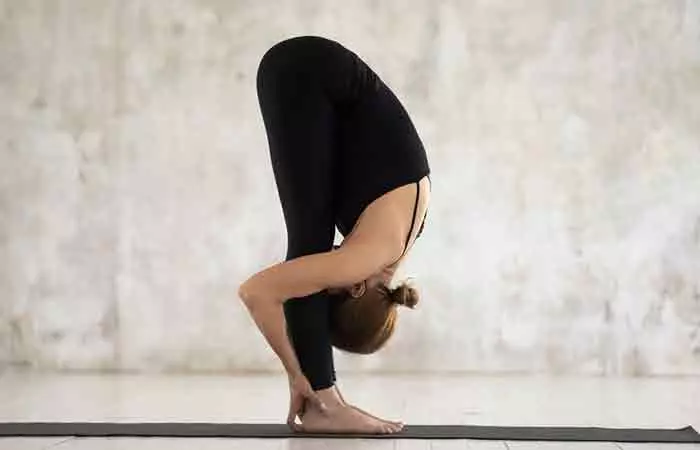
Uttanasana is one of the most practiced asanas in hatha yoga and is one of the first asanas introduced to novice yoga practitioners. The pose is also an essential part of the Surya Namaskar. You can practice it as a warm-up or a resting pose during your yoga practice. Hold it for 30 seconds and take deep breaths 5-6 times.
Benefits: Uttanasana stretches the Erector Spinae (a set of muscles in the back) and may help stretch the spine (1). It may also help retain seminal fluid and prevent premature ejaculation in men (2). It may also help provide relief from fatigue, making it a great pose for unwinding after a long, stressful day.
Remember that during the yoga routine, your body gets heated up. Therefore, it’s essential to learn some yoga poses to cool down and do them at the end of your routine. Yoga poses such as Baddha Konasana (Butterfly Pose), Savasana (Corpse Pose), etc., can help you relax, lower your body temperature, and cool it down.
Wondering how hatha yoga may benefit your overall health? Scroll down to the next section and find out!
Overall Benefits Of Hatha Yoga
- It may lead to an enhanced immune system.
- It relaxes your body and ensures it functions properly.
- It strengthens and tones your entire body.
- It keeps your nerves healthy and your spine supple.
- It reduces stress and anxiety and gives mental clarity and calm.
- It fosters emotional balance by improving your mood.
- It improves awareness and enhances your focus.
- It keeps you from binge eating and oversleeping and gives you better sleep.
Now that we know of some Hatha Yoga poses and their benefits, let’s find out the answers to some common queries regarding Hatha Yoga.
Infographic: Top 5 Hatha Yoga Asanas And Their Benefits
While some poses among the above-mentioned Hatha Yoga asanas might be a bit difficult to perform, they have plenty of health benefits. Once you get used to these poses, you will never want to stop including them in your daily exercise routine. Check out the infographic below to know more about how the most important Hatha Yoga asanas can help you have a sound body and mind.

Illustration: StyleCraze Design Team
From calming the mind and the body to helping achieve inner peace and balance masculine and feminine energies in the body, the benefits of Hatha Yoga asanas are outstanding. This yoga technique mixes backbends and standing, sitting, resting, and balancing poses. These poses channel your energy to realize your full potential, purify the body, and increase consciousness. Besides, they work on your legs, ligaments, nervous system, hips, buttocks, knees, ankles, thighs, lungs, spine, muscles, arms, heart, kidney, bladder, and whatnot. So, practice Hatha Yoga regularly to achieve higher energy levels and improve your mental and physical well-being. If you are new to yoga, don’t be afraid to explore various yoga asanas. This exploration can enrich your journey to well-being, and the process of learning and trying new things can be both encouraging and motivating.
Frequently Asked Questions
Do I have to be vegetarian to practice Hatha Yoga?
Yoga propagates Ahimsa or the non-harming of animals. It is a personal choice of the practitioner to eat or not eat meat.
How many times a week do I practice Hatha Yoga?
Initially, it is best to start with one-hour sessions, 2 to 3 times a week.
How is Hatha Yoga different from other physical exercises?
Hatha Yoga goes beyond the physical and even affects the mind for the better.
Why do we have to stop eating 2 to 3 hours before practicing Hatha Yoga?
Hatha Yoga involves stretching, twisting, and bending forward and backward. If your stomach is not empty or food not digested, it can lead to troubles like vomiting, nausea, etc.
Is Hatha yoga Karma yoga?
Hatha yoga includes the concept of karma through mindful movement and breathing techniques. However, it also incorporates other branches of yoga.
Do you sweat during Hatha yoga?
Hatha yoga is primarily a relaxing yoga practice, and it is unusual to sweat profusely during the session, unless the room is improperly ventilated and it is extremely hot and humid.
Is Hatha yoga fast or slow?
Hatha yoga is practiced at a slow pace, with more focus on breathing and stretching instead of fast and intense movements.
Illustration: Hatha Yoga Asanas And Their Benefits
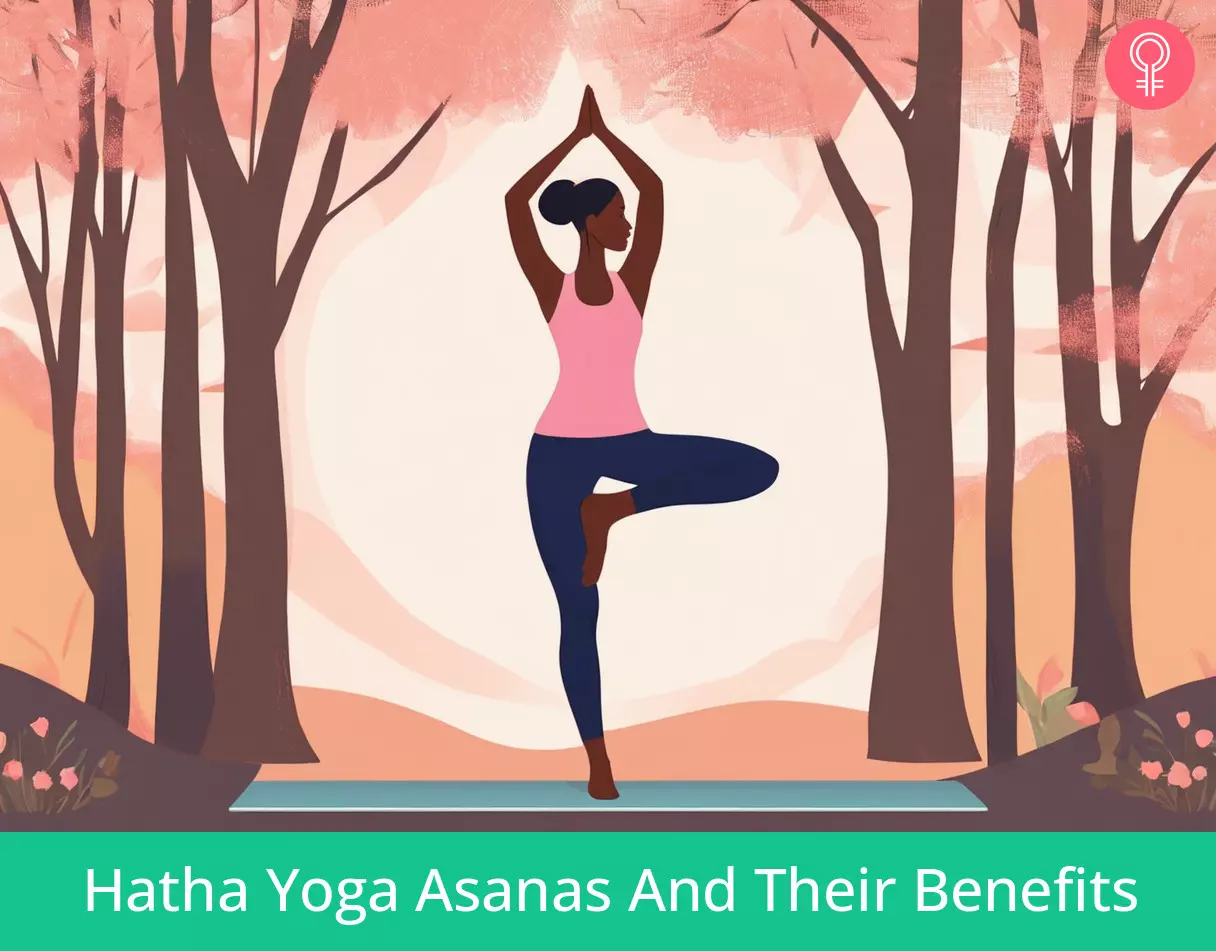
Image: Stable Diffusion/StyleCraze Design Team
Uncover the wonderful health benefits of hatha yoga. Watch this video to know more about how this ancient practice can improve your physical and mental well-being.
Personal Experience: Source
StyleCraze's articles are interwoven with authentic personal narratives that provide depth and resonance to our content. Below are the sources of the personal accounts referenced in this article.
i. IN THE BEGGING.https://yogaloublog.wordpress.com/2018/03/05/why-i-said-no-to-teaching-christian-yoga/
References
Articles on StyleCraze are backed by verified information from peer-reviewed and academic research papers, reputed organizations, research institutions, and medical associations to ensure accuracy and relevance. Read our editorial policy to learn more.
- Anatomical correlation of core muscle activation in different yogic postures
https://www.ncbi.nlm.nih.gov/pmc/articles/PMC5433114/ - Role of yoga in the management of premature ejaculation
https://www.ncbi.nlm.nih.gov/pmc/articles/PMC7502310/
Read full bio of Anirudh Gupta
Read full bio of Shirin Mehdi
Read full bio of Ravi Teja Tadimalla
Read full bio of Himanshi Mahajan





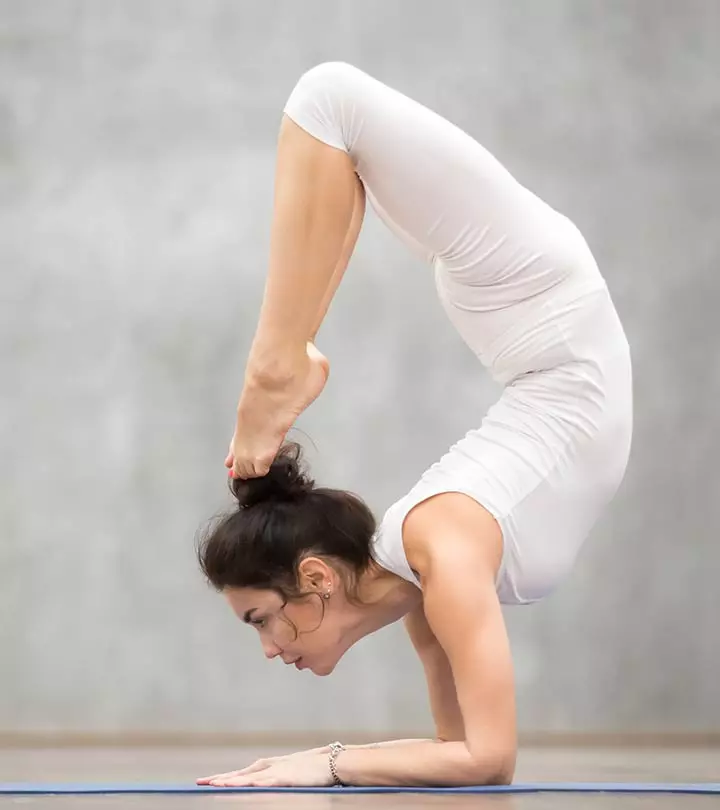
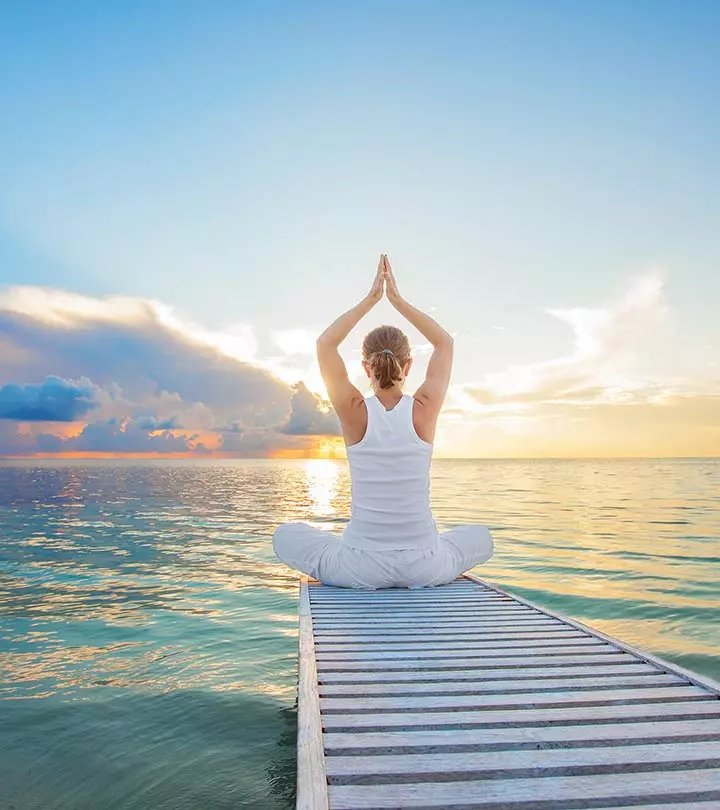
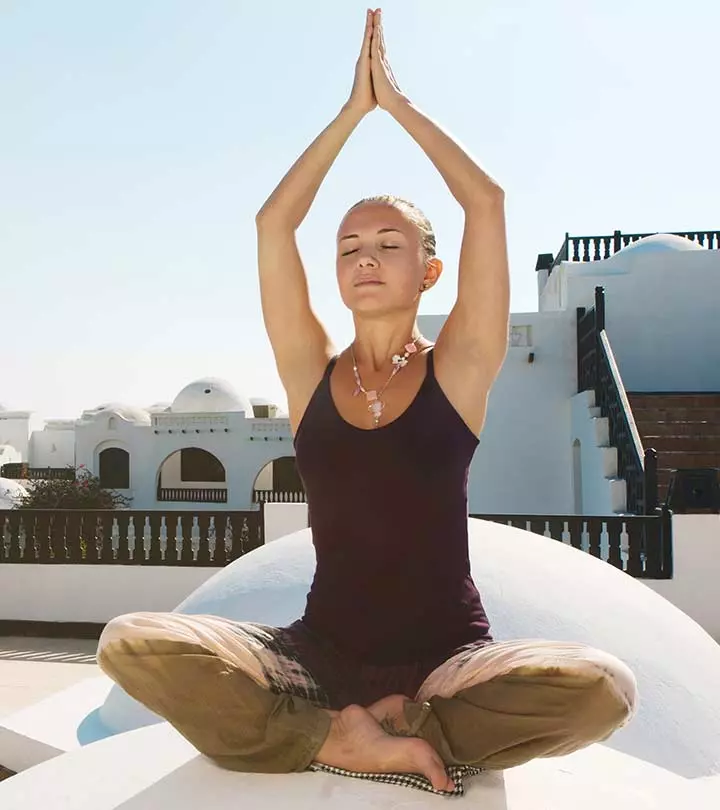
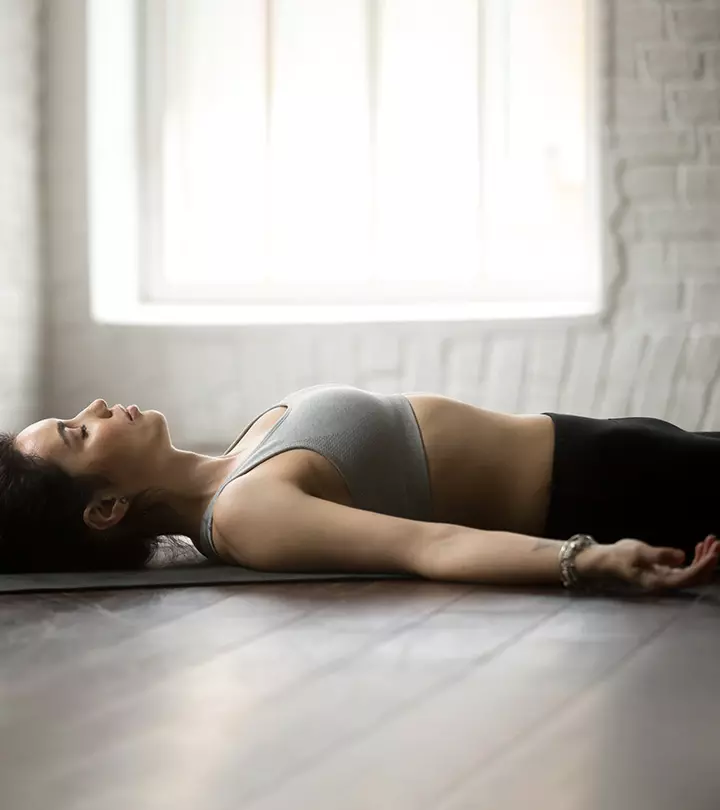
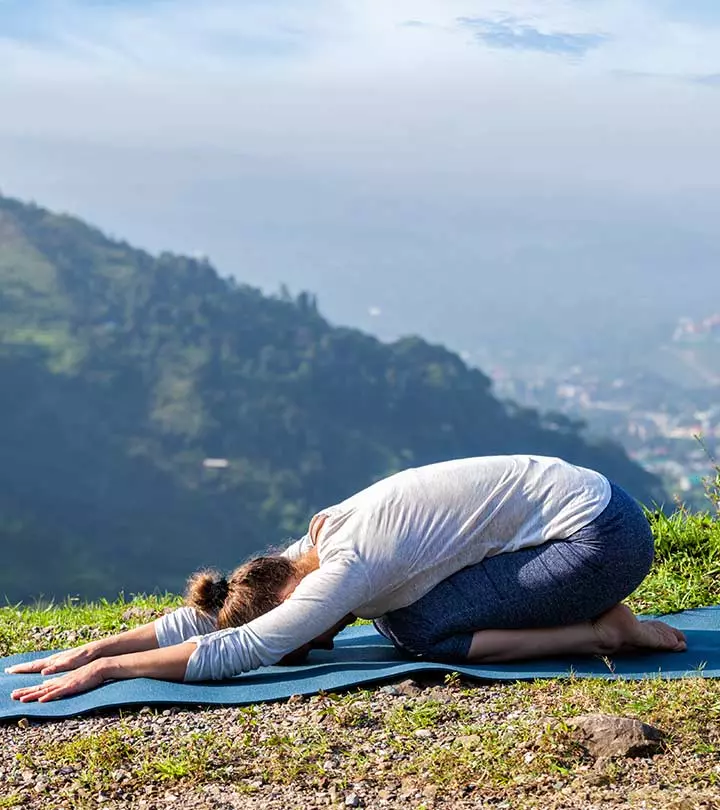
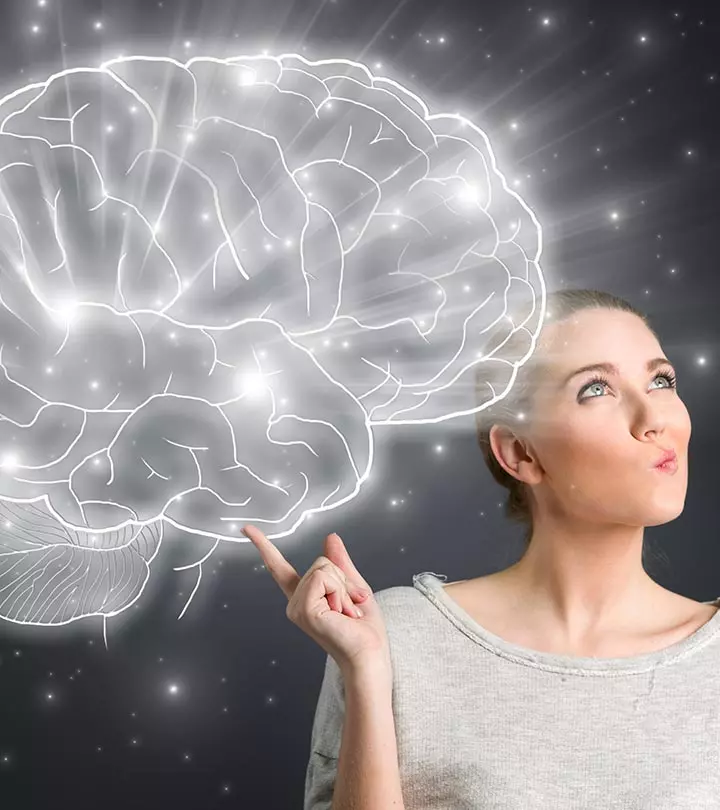


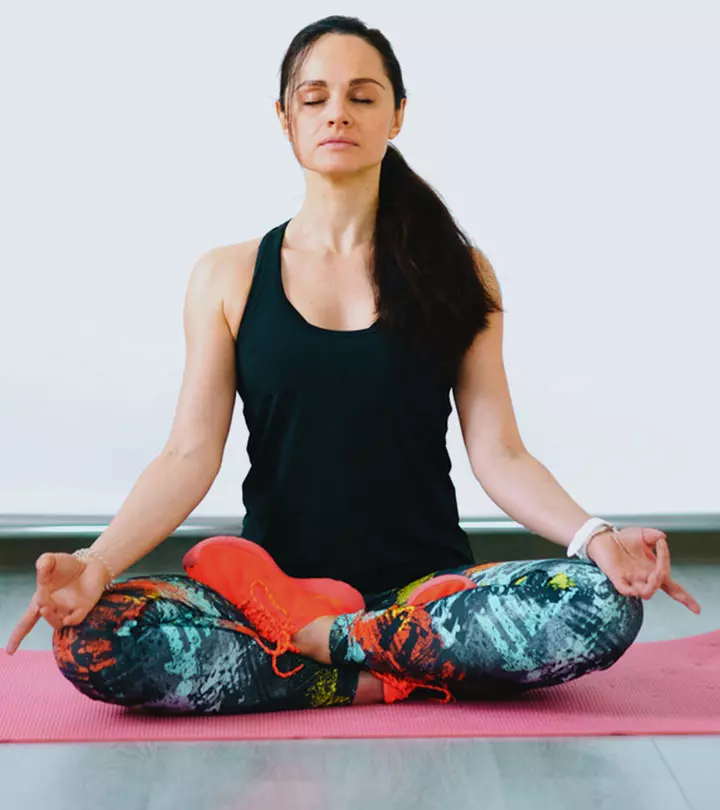

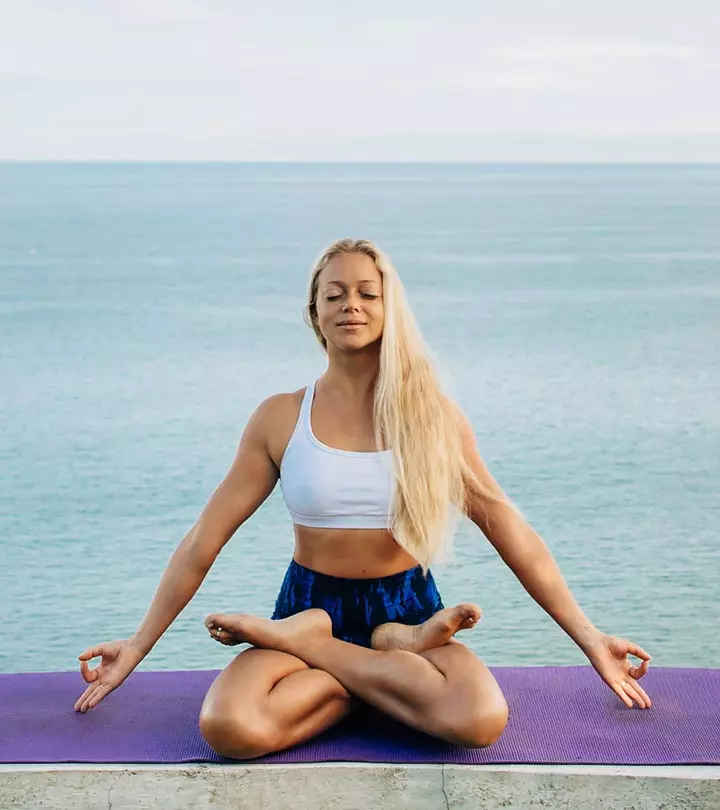

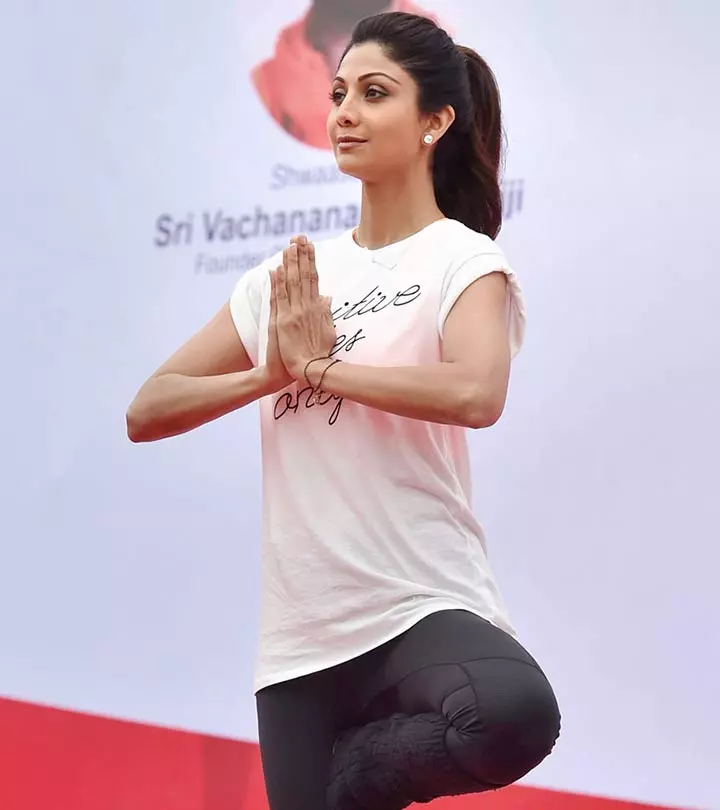
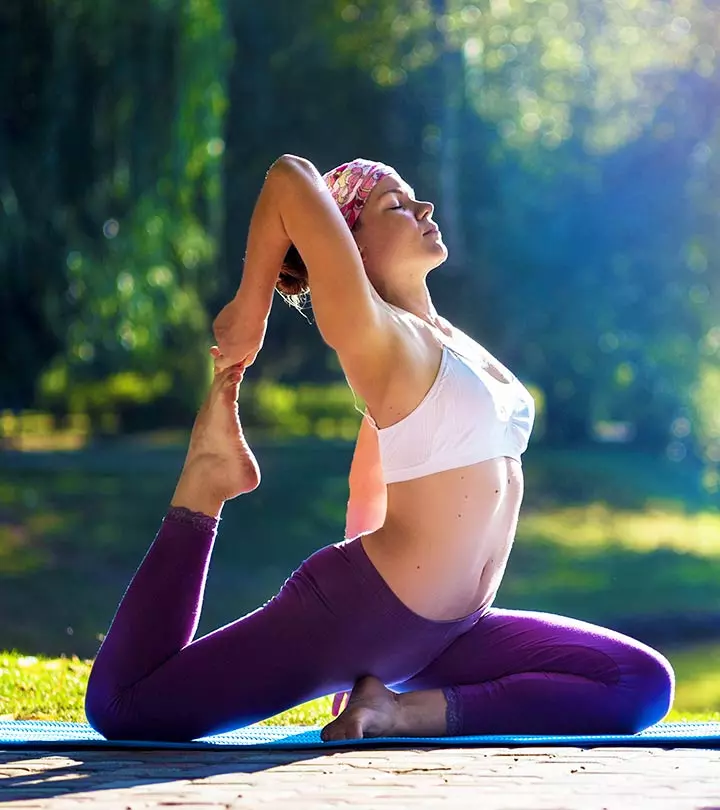

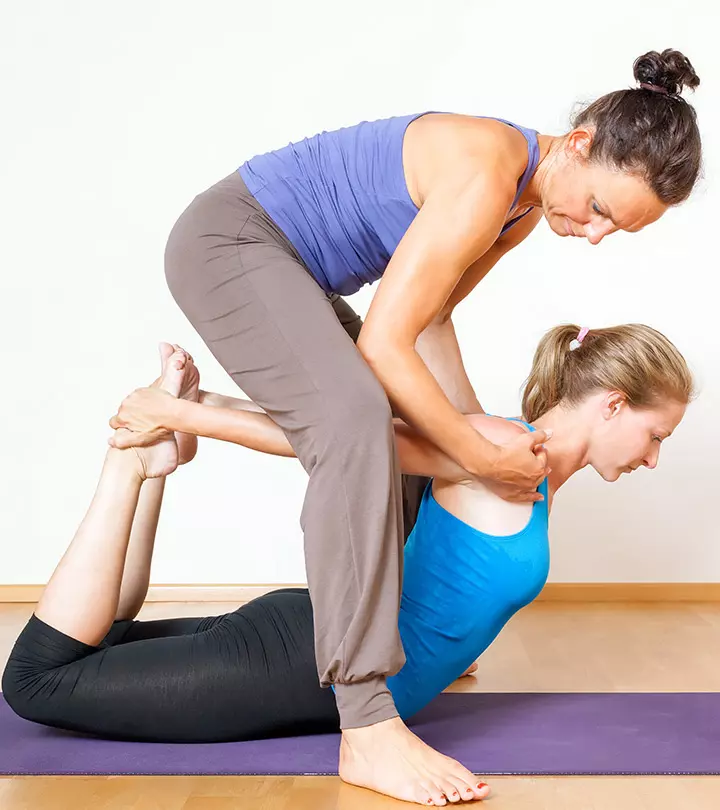
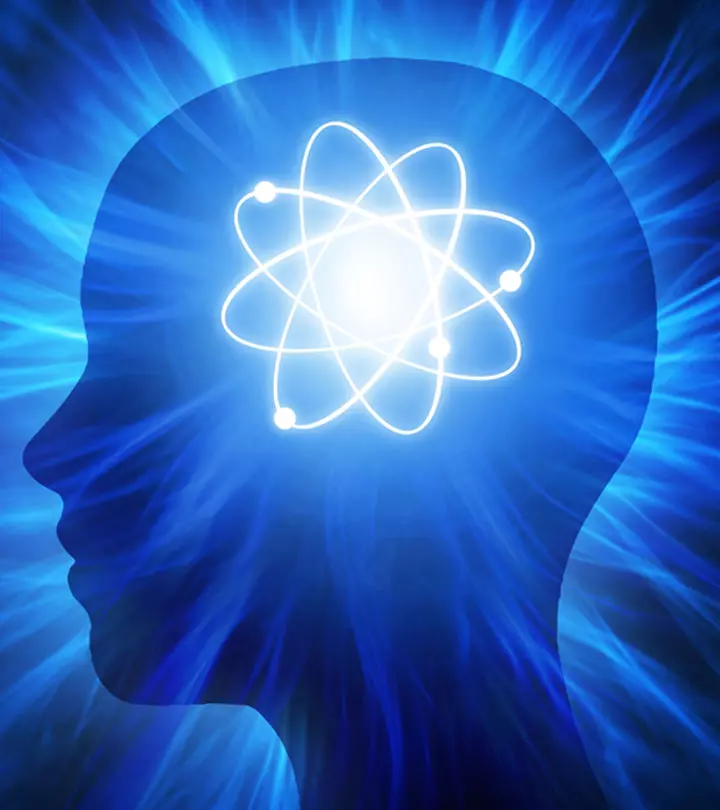
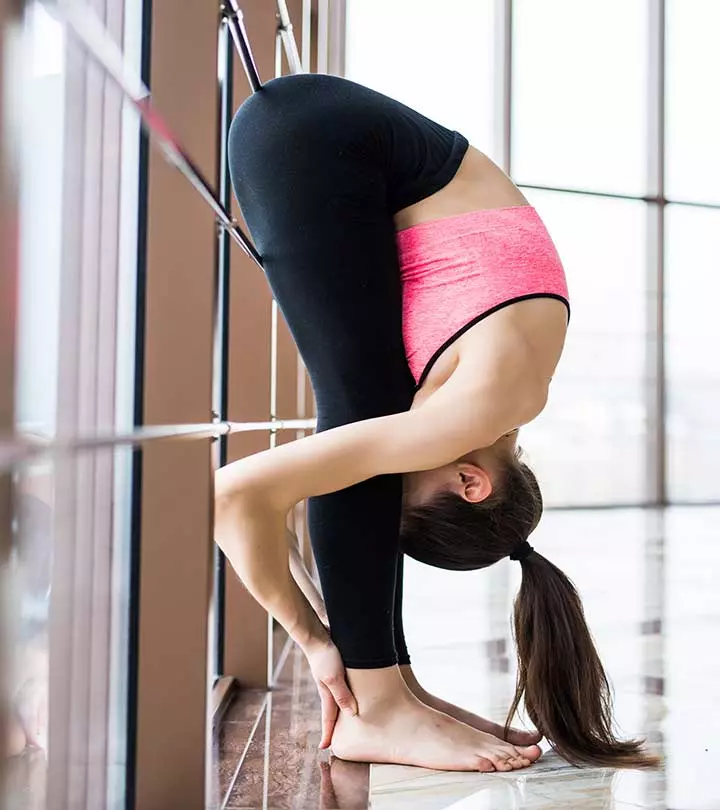
Community Experiences
Join the conversation and become a part of our empowering community! Share your stories, experiences, and insights to connect with other beauty, lifestyle, and health enthusiasts.